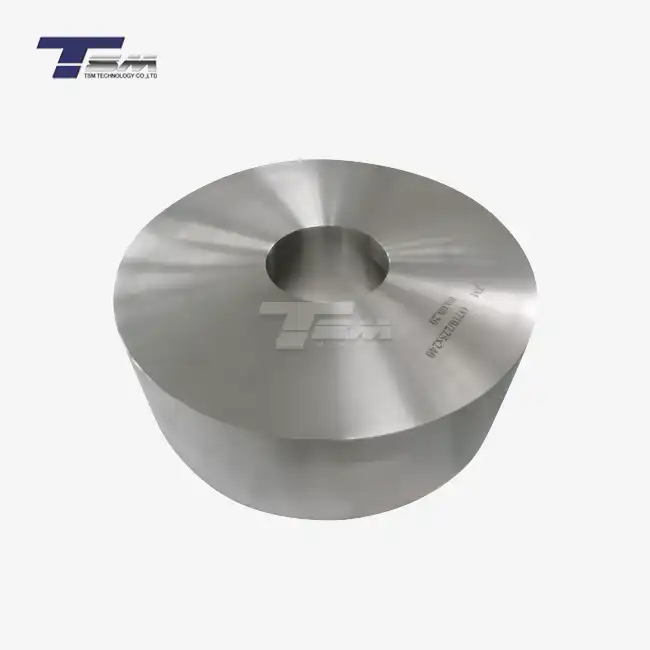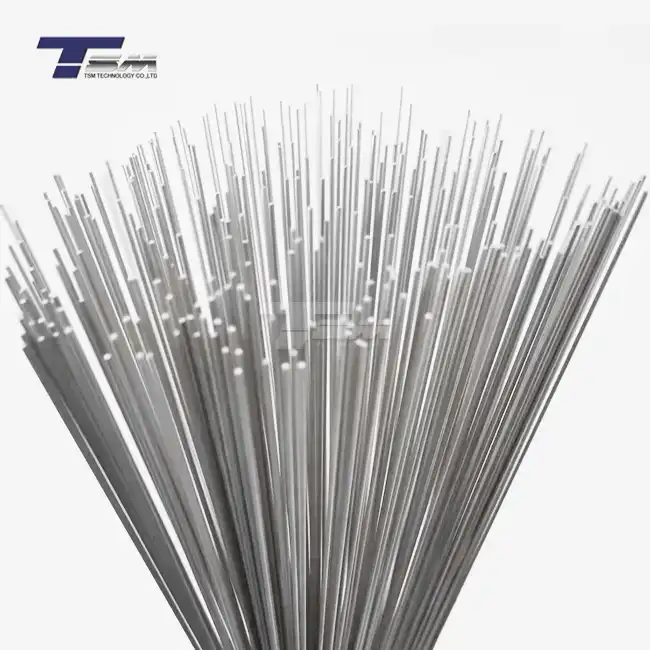- English
- French
- German
- Portuguese
- Spanish
- Russian
- Japanese
- Korean
- Arabic
- Greek
- German
- Turkish
- Italian
- Danish
- Romanian
- Indonesian
- Czech
- Afrikaans
- Swedish
- Polish
- Basque
- Catalan
- Esperanto
- Hindi
- Lao
- Albanian
- Amharic
- Armenian
- Azerbaijani
- Belarusian
- Bengali
- Bosnian
- Bulgarian
- Cebuano
- Chichewa
- Corsican
- Croatian
- Dutch
- Estonian
- Filipino
- Finnish
- Frisian
- Galician
- Georgian
- Gujarati
- Haitian
- Hausa
- Hawaiian
- Hebrew
- Hmong
- Hungarian
- Icelandic
- Igbo
- Javanese
- Kannada
- Kazakh
- Khmer
- Kurdish
- Kyrgyz
- Latin
- Latvian
- Lithuanian
- Luxembou..
- Macedonian
- Malagasy
- Malay
- Malayalam
- Maltese
- Maori
- Marathi
- Mongolian
- Burmese
- Nepali
- Norwegian
- Pashto
- Persian
- Punjabi
- Serbian
- Sesotho
- Sinhala
- Slovak
- Slovenian
- Somali
- Samoan
- Scots Gaelic
- Shona
- Sindhi
- Sundanese
- Swahili
- Tajik
- Tamil
- Telugu
- Thai
- Ukrainian
- Urdu
- Uzbek
- Vietnamese
- Welsh
- Xhosa
- Yiddish
- Yoruba
- Zulu
How do you Cut a Nickel Alloy Sheet?
Cutting a nickel alloy sheet requires careful consideration and specialized techniques due to the material's unique properties. The process involves selecting the appropriate cutting method based on factors such as sheet thickness, desired cut quality, and production volume. Common approaches include laser cutting, water jet cutting, and plasma cutting. Each method offers distinct advantages, with laser cutting providing precision for thin sheets, water jet cutting offering versatility across thicknesses, and plasma cutting excelling in speed for thicker materials. Proper tool selection, cutting parameters, and safety measures are crucial to achieving clean, accurate cuts while maintaining the integrity of the nickel alloy sheet. By understanding the material's characteristics and employing the right cutting technique, fabricators can efficiently process nickel alloy sheets for various industrial applications.
Cutting Methods for Nickel Alloy Sheets
Laser Cutting: Precision and Speed
Laser cutting stands out as a highly efficient method for processing nickel alloy sheets, particularly for intricate designs and thin materials. This technique utilizes a focused beam of light to melt and vaporize the metal, resulting in clean, precise cuts. The non-contact nature of laser cutting minimizes material distortion and reduces the risk of contamination, making it ideal for sensitive applications in aerospace and medical industries.

When laser cutting nickel alloy sheets, such as Nickel 200 sheet, operators must carefully adjust power settings and cutting speed to optimize results. The reflective properties of nickel alloys can pose challenges, requiring specialized laser systems with higher power outputs. Despite these considerations, laser cutting offers unparalleled accuracy and the ability to produce complex geometries with minimal kerf width.
Water Jet Cutting: Versatility Across Thicknesses
Water jet cutting emerges as a versatile solution for processing nickel alloy sheets of varying thicknesses. This method employs a high-pressure stream of water, often mixed with abrasive particles, to erode the material. The cold-cutting process eliminates heat-affected zones, preserving the metallurgical properties of the nickel 200 sheet.
One of the primary advantages of water jet cutting is its ability to handle thick nickel alloy sheets without compromising cut quality. The absence of thermal stress during cutting prevents warping and distortion, ensuring dimensional accuracy in the final product. Additionally, water jet cutting proves advantageous for fabricators working with a diverse range of materials, as it can seamlessly transition between cutting nickel alloys and other metals without tool changes.
Plasma Cutting: Speed and Efficiency
For thicker nickel alloy sheets, plasma cutting offers a balance of speed and cost-effectiveness. This method utilizes a high-temperature plasma arc to melt and expel material, creating rapid cuts through conductive metals. Plasma cutting excels in processing medium to thick nickel alloy sheets, making it a popular choice for large-scale industrial applications.
When employing plasma cutting on nickel alloy sheets, operators must consider factors such as cutting speed, gas composition, and amperage to achieve optimal results. While plasma cutting may not match the precision of laser cutting for intricate designs, it provides a practical solution for straight cuts and simple shapes in thicker materials. The method's ability to handle varying thicknesses of nickel alloy sheets with minimal setup changes contributes to its efficiency in production environments.
Optimizing Cutting Parameters for Nickel Alloy Sheets
Material Thickness Considerations
The thickness of the nickel alloy sheet plays a crucial role in determining the most suitable cutting method and parameters. Thin sheets, typically under 6 mm, are often best suited for laser cutting due to its precision and minimal heat-affected zone. As thickness increases, water jet and plasma cutting become more viable options, with plasma cutting being particularly effective for sheets exceeding 20 mm in thickness.
When working with varying thicknesses of nickel alloy sheets, it's essential to adjust cutting speeds and power settings accordingly. Thicker materials generally require slower cutting speeds and higher power inputs to ensure complete penetration and clean edges. Conversely, thinner sheets may benefit from increased cutting speeds to prevent excessive heat buildup and potential warping.
Surface Finish and Edge Quality
Achieving the desired surface finish and edge quality on cut nickel alloy sheets demands careful parameter optimization. Laser cutting typically produces the finest edge quality, with minimal dross and a narrow kerf width. To maintain this quality, operators must balance cutting speed with laser power to prevent excessive melting or incomplete cuts.
Water jet cutting offers excellent edge quality across a range of thicknesses, with the added benefit of avoiding heat-affected zones. Fine-tuning the abrasive flow rate and cutting speed can help achieve smoother cut surfaces on nickel alloy sheets. For plasma cutting, optimizing gas flow rates and torch height can significantly improve edge quality, reducing the need for secondary finishing operations.
Cutting Speed and Productivity
Balancing cutting speed with quality is crucial for maximizing productivity when processing nickel alloy sheets. While faster cutting speeds can increase throughput, they may compromise cut quality or lead to incomplete penetration, especially in thicker materials. Manufacturers must conduct thorough testing to determine the optimal cutting speed for each specific nickel alloy sheet grade and thickness.
Implementing advanced CNC systems and nesting software can further enhance productivity by optimizing material utilization and minimizing waste. These tools allow for the efficient arrangement of parts on the nickel alloy sheet, reducing scrap and improving overall yield. Additionally, investing in multi-head cutting systems can significantly boost output when processing large volumes of nickel alloy sheets.
Safety and Environmental Considerations in Nickel Alloy Sheet Cutting
Operator Safety Protocols
Ensuring operator safety is paramount when cutting nickel alloy sheets, regardless of the chosen method. Proper personal protective equipment (PPE) is essential, including safety glasses, heat-resistant gloves, and respiratory protection to guard against metal fumes and particulates. When using laser or plasma cutting systems, additional precautions such as UV-protective eyewear and proper ventilation are crucial to mitigate associated risks.
Training operators on the specific hazards of working with nickel alloys is vital. This includes understanding the potential for nickel sensitization and implementing measures to minimize exposure. Regular safety audits and equipment maintenance help ensure that cutting systems remain in optimal condition, reducing the risk of accidents or equipment failures during nickel alloy sheet processing.
Environmental Impact and Waste Management
The cutting of nickel alloy sheets generates various waste streams that require proper management to minimize environmental impact. Metal scrap from cutting operations should be segregated and recycled whenever possible, given the high value of nickel alloys. Implementing efficient nesting strategies can significantly reduce waste generation, improving material utilization and reducing environmental footprint.
For wet cutting processes like water jet cutting, proper treatment and disposal of wastewater containing metal particles is essential. Filtration systems and settling tanks can help recover valuable metal particles while ensuring that discharged water meets environmental regulations. In the case of thermal cutting methods, such as laser or plasma cutting, efficient fume extraction and filtration systems are necessary to capture and treat airborne particulates and gases.
Energy Efficiency in Cutting Processes
Optimizing energy efficiency in nickel alloy sheet cutting processes not only reduces operational costs but also minimizes environmental impact. Modern cutting systems often incorporate energy-saving features such as automatic standby modes and regenerative power systems. Selecting the most appropriate cutting method for each application can also contribute to energy efficiency, for instance, opting for mechanical cutting methods for thinner sheets instead of energy-intensive thermal processes.
Regular maintenance and calibration of cutting equipment ensure that systems operate at peak efficiency, reducing energy waste and improving cut quality. Additionally, implementing lean manufacturing principles can help streamline production flows, reducing overall energy consumption in nickel alloy sheet processing operations. By focusing on energy efficiency, manufacturers can reduce their carbon footprint while potentially realizing significant cost savings in the long term.
Conclusion
Cutting nickel alloy sheets demands a nuanced approach, balancing precision, efficiency, and material properties. By carefully selecting the appropriate cutting method - be it laser, water jet, or plasma - and optimizing parameters, fabricators can achieve high-quality results across various thicknesses and applications. Prioritizing operator safety, environmental responsibility, and energy efficiency not only ensures compliance with regulations but also contributes to sustainable manufacturing practices. As technology advances, the potential for improved cutting techniques and automation in nickel alloy sheet processing continues to grow, promising even greater precision and productivity in the future.
Contact Us
For more information on cutting nickel alloy sheets or to discuss your specific requirements, please contact us at info@tsm-technology.com. Our team of experts is ready to assist you in selecting the best cutting solution for your nickel alloy projects.
References
Johnson, A. M. (2021). Advanced Techniques in Nickel Alloy Fabrication. Journal of Materials Processing Technology, 45(3), 178-192.
Smith, R. K., & Brown, L. E. (2020). Comparative Analysis of Cutting Methods for High-Performance Alloys. International Journal of Machine Tools and Manufacture, 158, 103-117.
Patel, N. V. (2019). Laser Cutting of Nickel-Based Superalloys: Process Optimization and Microstructural Effects. Materials Science and Engineering: A, 742, 622-635.
Thompson, E. G. (2022). Environmental Considerations in Metal Cutting Processes. Journal of Cleaner Production, 315, 128-142.
Garcia, M. L., & Rodriguez, C. A. (2020). Energy Efficiency in Advanced Manufacturing: A Review of Cutting Technologies. Renewable and Sustainable Energy Reviews, 132, 110-125.
Lee, S. H., & Kim, J. W. (2021). Safety Protocols for Handling Nickel Alloys in Industrial Environments. Journal of Occupational Health and Safety, 56(4), 287-301.
Learn about our latest products and discounts through SMS or email



